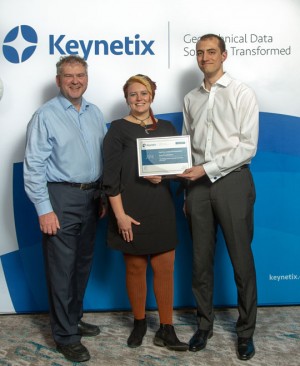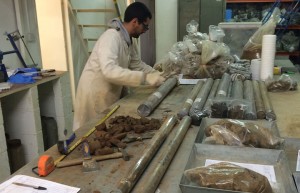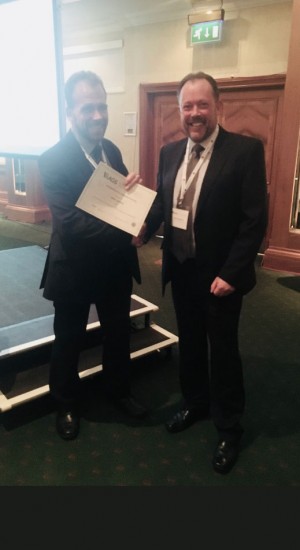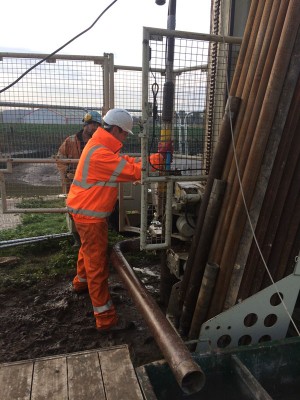Improving Efficiency by Data Validation
Our Project Inputting Tool (PIT) is transforming the way we validate and manage ground investigation data, saving time and money for our clients, says Harrison Group Environmental Data Manager Conrad Stewart.
Delivering all the data from a ground investigation – from borehole logs to laboratory test results and insitu monitoring data – in one complete digital package, rather than reams of paper reports, is now the norm for the geotechnical industry.
This data needs to be robust to ensure clients get the maximum benefit from the investigation.
We realised that, while most of our site investigation data was processed for use in our geotechnical database system, HoleBASE SI, we were still handling the same data multiple times for insitu test results and monitoring. This was inefficient with an increased risk of errors.
It also meant data was not being used to its full potential, as it could not be included easily with the main site investigation data.
To solve the issue, we created the PIT, based on a KeyAGS template, that combines all project data in a single workbook. The PIT allows us to use standard Excel functions to validate and auto-calculate required fields when needed.
The step-by-step process ensures data is entered correctly, picklists are used to replace manual entry, to ensure standard codes are used for every project. Legend codes are automatically generated from the strata descriptions. BGS lexicon and geology codes can be easily included.
We also have automatic validation processes to ensure data is correct. The PIT flags up errors, such as logged strata depths falling short of the final recorded depth or missing data. Additionally, locations are converted automatically from the national grid to latitude and longitude, so data can be used in apps such as Google Earth.
Further functionality has been introduced to collect data from gas analysers, level loggers and water sampling devices and laboratory testing, allowing it to be merged easily with the rest of the investigation data.
The PIT can also be used offline to process data and only needs to be connected to the system when converting the data to AGS format and to upload it to HoleBASE SI, allowing engineers to become more efficient as they are involved in data processing.
Additionally, clients have access to the AGS dataset as part of the project deliverables and we can ensure the highest levels of quality in validity of the information.
Dynamic visualisation and integration
Our new tool to visualise Dynamic Penetration Testing (DPT) results in 3D will help identify potential ground hazards and ease integration and sharing of data in BIM.
Dynamic Penetration Testing (DPT) is a fast and effective way of measuring the relative density of the ground and ideal for identifying soft zones and potential problem areas on site, such as dissolution features.
We often use DPT in our investigations but found that, when assessing ground conditions, geotechnical engineers wanted to see potential problem areas, in 3D, rather than looking at field test profiles.
We developed a simple way of creating 3D visualisations of DPT results, a solution that also works with our geotechnical database system, Keynetix’s HoleBASE SI and, specifically, its Civil 3D Extension.
The extension allows geotechnical data to be integrated with other project data and visualised in AutoCAD, enabling improved collaboration between project teams working with BIM.
By designing custom CAD blocks – each representing a 100mm blow increment from DPT results. Blow counts are colour coded with bandings that can be tailored to suit the requirements of each investigation. This data is integrated with the ground model and displayed in 3D.
The 3D model makes visualisation and interpretation of trends in the results much more effective than previously and consequently providing additional tools in our armoury to improve the quality and turn-around time of the analysis.


















